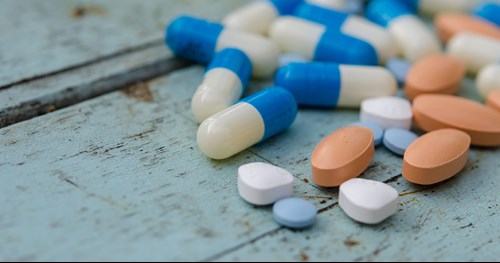The findings indicate that telehealth services and medications for opioid use disorder (OUD) throughout the COVID-19 pandemic were associated with a reduced risk of fatal drug overdose.

OUD-related telehealth services led to a lowered likelihood of fatal drug overdose in Medicare beneficiaries before and during the pandemic, indicating benefits to the continuation of the virtual care option, according to a new study published by JAMA Psychiatry.
To better understand the role telehealth has had on OUD, researchers examined data of Medicare fee-for-service beneficiaries aged 18 or older from the Centers for Medicare & Medicaid Services (CMS) and National Death Index data from the Centers for Disease Control and Prevention. They looked at two cohorts, one from before the pandemic, September 2018 through February 2020, and another during the pandemic, from September 2019 through February 2021.
“CMS is committed to ensuring that the beneficiaries we serve can access the high-quality behavioral health services they need,” said senior author Shari Ling, M.D., deputy chief medical officer at CMS, in a statement. “This study shows that many beneficiaries were able to utilize opioid use disorder-related telehealth services during the pandemic, but we need to continue our efforts to broaden the use of telehealth, particularly in underserved communities.”
Key findings include:
- Individuals who began a new episode of OUD-related care during the pandemic and received telehealth services had a 33 percent lower risk of fatal drug overdose.
- Those who received medications for OUD from opioid treatment programs and those who received buprenorphine (a common medication for opioid use disorder) in an office-based setting also had a reduced likelihood of fatal drug overdose (59 percent and 38 percent, respectively).
- While overall mortality rates were higher in the pandemic cohort versus the pre-pandemic cohort, the rate of fatal drug overdoses were similar between the two cohorts.
The study not only shows the benefits telehealth has provided for individuals with OUD thus far, but it also underscores the need for the expansion of the “potentially life-saving interventions,” explained the researchers, noting that even with the encouraging findings, only one in five beneficiaries in the pandemic cohort received OUD-related services and only one in eight received medications for OUD.
“At a time when more than 100,000 Americans are now dying annually from a drug overdose, the need to expand equitable access to lifesaving treatment, including medications for opioid use disorder, has never been greater,” said Wilson Compton, M.D., M.P.E, deputy director of the National Institute on Drug Abuse and senior author of the study, in a statement. “Research continues to indicate that expanded access to telehealth is a safe, effective, and possibly even lifesaving tool for caring for people with opioid use disorder, which may have a longer-term positive impact if continued.”

